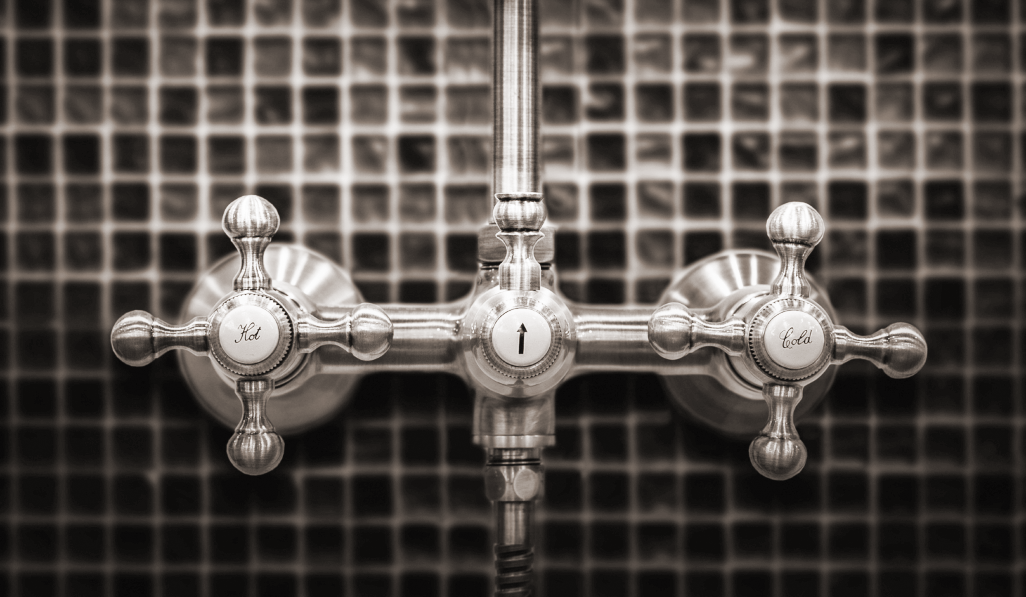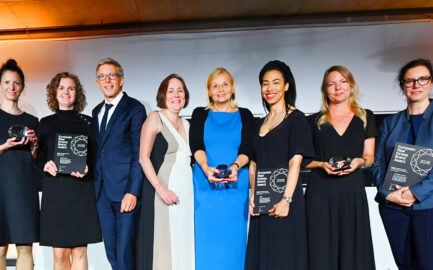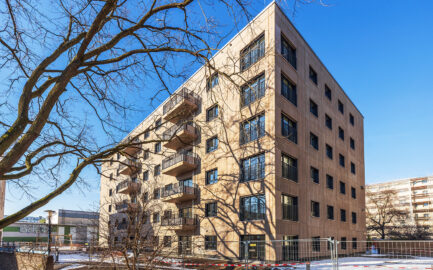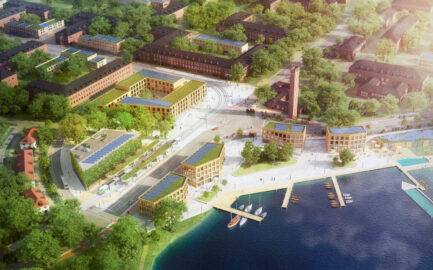In the kitchen or bath, regardless of where – it pays to be careful with hot water. After all, water heating accounts for 15 percent of energy consumption in private households. Even minor adjustments to your own behaviour and simple technical measures can save a considerable amount of hot water and therefore energy. In this blog post, klimaaktiv Haushalte shows you how you can conserve resources and thus reduce the strain on your wallet.
Tip: Those who take shorter showers stay just as clean for just as long
On average, the Austrian population spends around five minutes a day in the shower. During this time, around 36 litres of hot water are used. Just under 1.3 kWh is required to heat this amount of water from a temperature of 10 °C to 40 °C,
With a shower lasting four minutes and consumption of 30 litres of hot water, approximately 1 kWh is estimated. This means that a simple briefer shower can reduce energy consumption by around 20 percent.
It is obvious that hot water consumption in the shower is much lower than in the bath: in a conventional bathtub, adults actually need around 150 litres of hot water per bath. It is also advisable not to leave the water running while soaping up in the shower or shaving.
Tip: Reduce the amount of water with an economy shower head or flow restrictor
Installing a flow restrictor or an economy shower head easily results in a considerable reduction of your energy consumption. Compared to a standard shower head with a consumption of 10 to 15 litres per minute, economy shower heads only consume five to seven litres per minute. With an economy shower head, energy consumption is reduced by around 50 percent.
Those reluctant to shorten their shower time can still reduce energy and water consumption with the help of a water-saving shower head.
Tip: In this situation you can do without hot water
In most cases, hot water is not generated directly at the tap. As soon as you turn on the single- or double-lever mixer, energy is consumed – even if only cold water flows out of the pipe at first.
If you can do without hot water, it is recommended to only open the cold-water side of the double-lever mixer or to move the single-lever mixer completely in one direction to activate only the cold-water flow.
Another tip: If you have a washbasin with a single-lever mixer, it is advisable to always set it to cold when closing it. Otherwise, every time you open it, even briefly, hot water is added unnecessarily and energy is consumed. Cold water is generally sufficient for activities such as washing hands, brushing teeth or rinsing food.
Tip: Saving energy through dishwashing
If you have a dishwasher, you should always use it, because washing dishes by hand uses about a quarter more energy and four times as much water. Using the ECO wash cycle will take longer, but the energy consumption is significantly lower because this wash cycle works at lower temperatures. Studies have also shown that fully loading the dishwasher can reduce every ten cycles by one.
If you don’t have a dishwasher, it is advisable to remove food scraps with the cutlery beforehand and to avoid using warm water when pre-washing. In addition, inserting a plug in the sink can save a considerable amount of hot water.
Tipp: Conserving hot water while doing laundry
On average, 12 percent of the hot water in the home is used for laundry. In order to save money here as well, it is advisable to always load the washing machine fully and to avoid pre-washing. With cold detergent, low temperatures are sufficient to achieve a clean wash result. Eco programs with lower water consumption are advantageous as well. Pre-treat heavily soiled laundry with gall soap and wash it for longer rather than hotter. When buying a new washing machine, topprodukte recommends choosing an appliance with maximum energy efficiency in order to save on electricity and hot water in the long term.
The klimaaktiv hot water guide (in German) for single and two-family homes provides additional valuable tips on how to deal with hot water.










